IXOM GridBee GF2500 User manual
Other IXOM Water System manuals
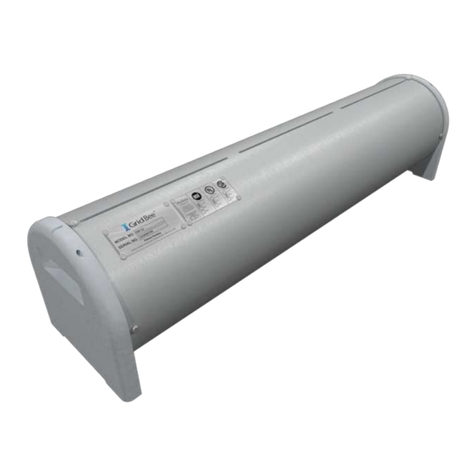
IXOM
IXOM MEDORA GridBee GS-12 Manual
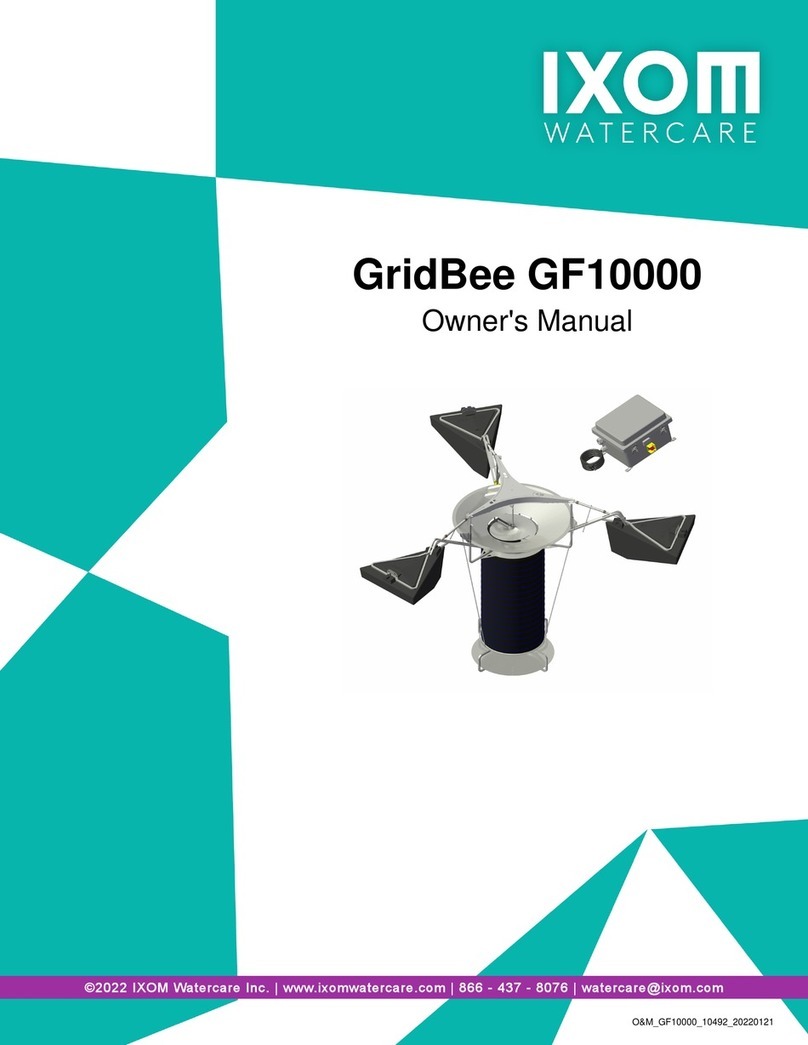
IXOM
IXOM GridBee GF10000 User manual
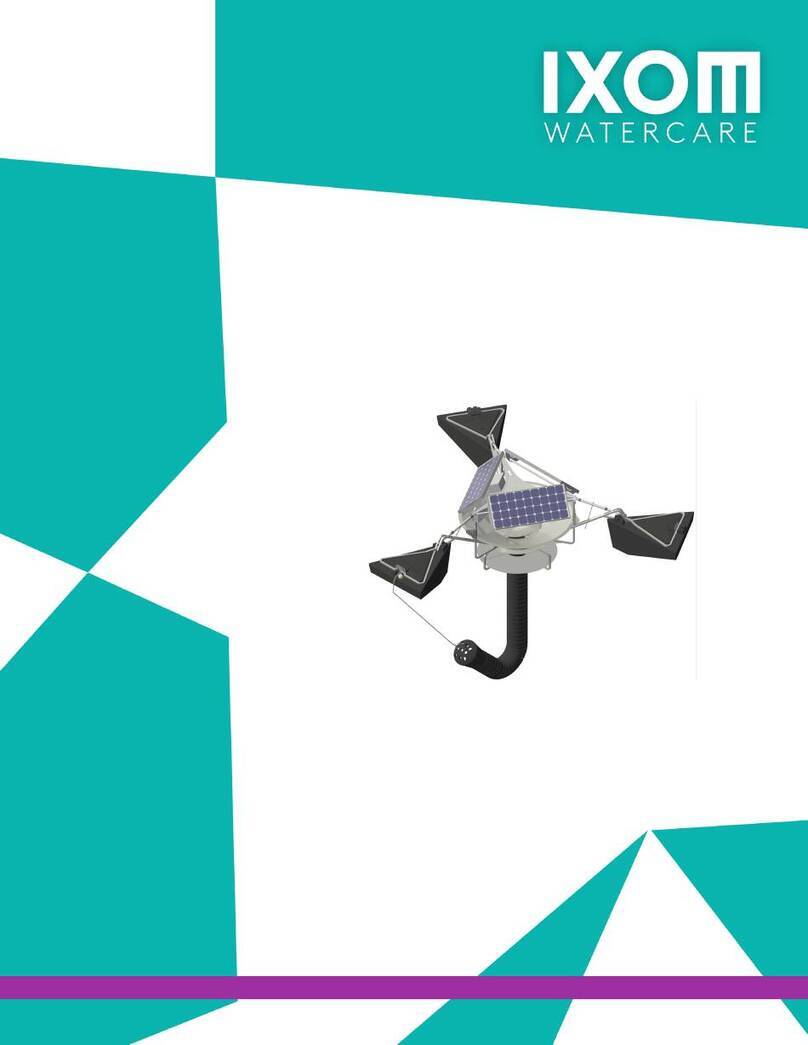
IXOM
IXOM SolarBee SB10000DM User manual
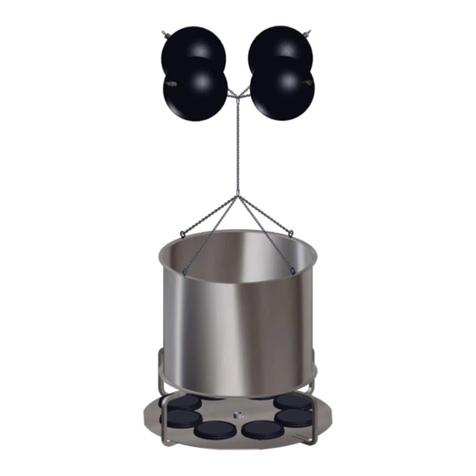
IXOM
IXOM Medora AP7000 Manual
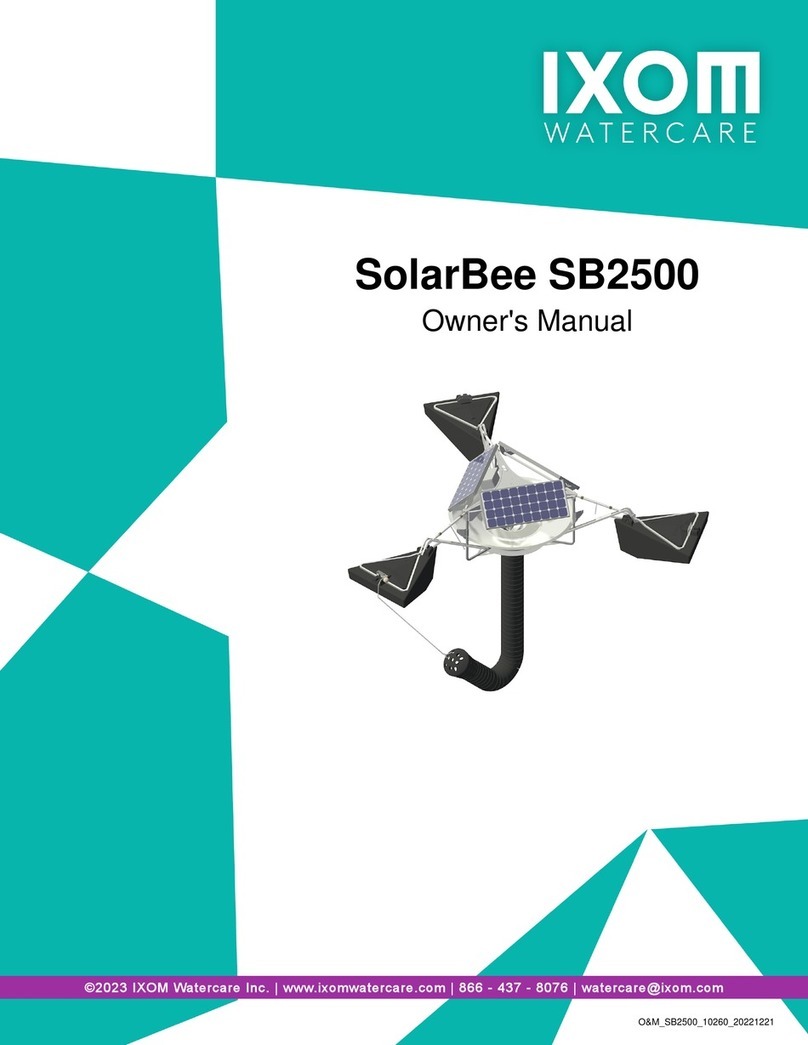
IXOM
IXOM SolarBee SB2500 User manual
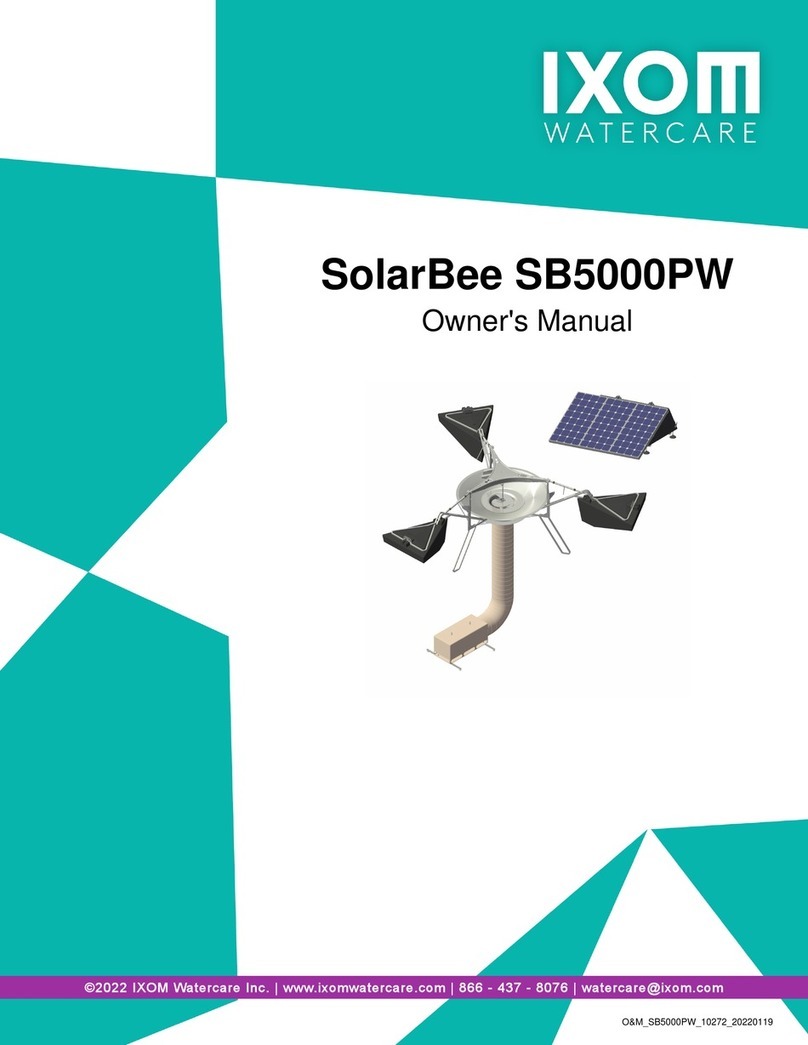
IXOM
IXOM SolarBee SB5000PW User manual
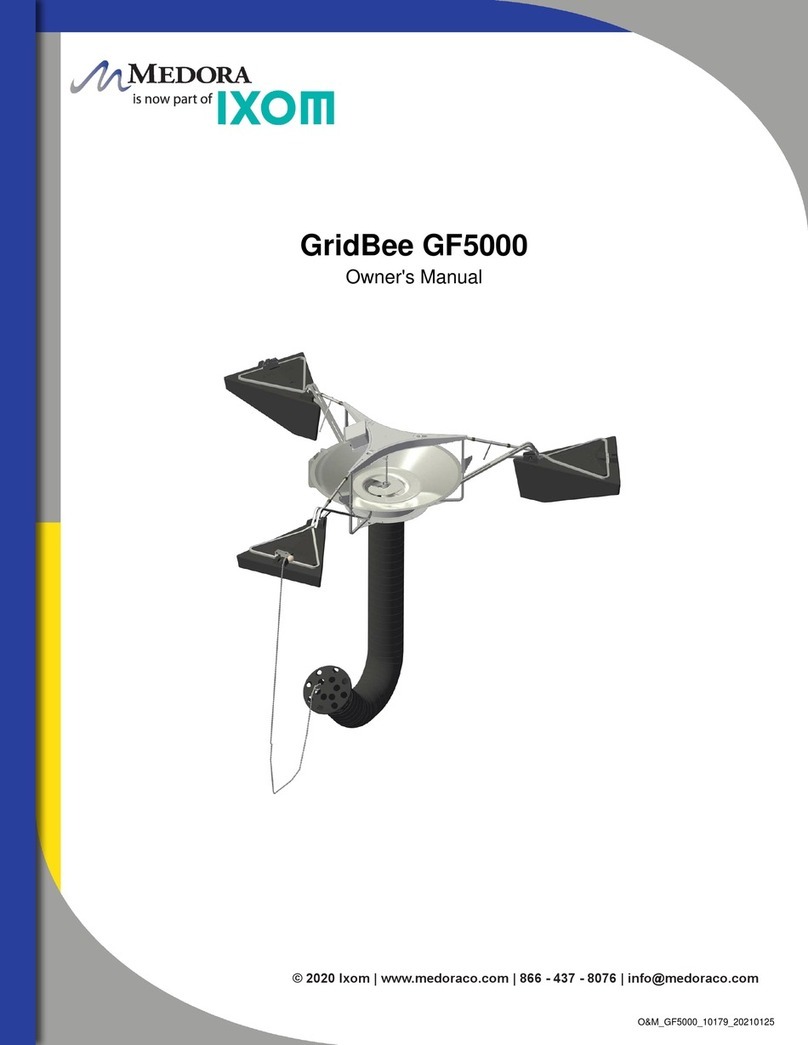
IXOM
IXOM Medora GridBee GF5000 User manual
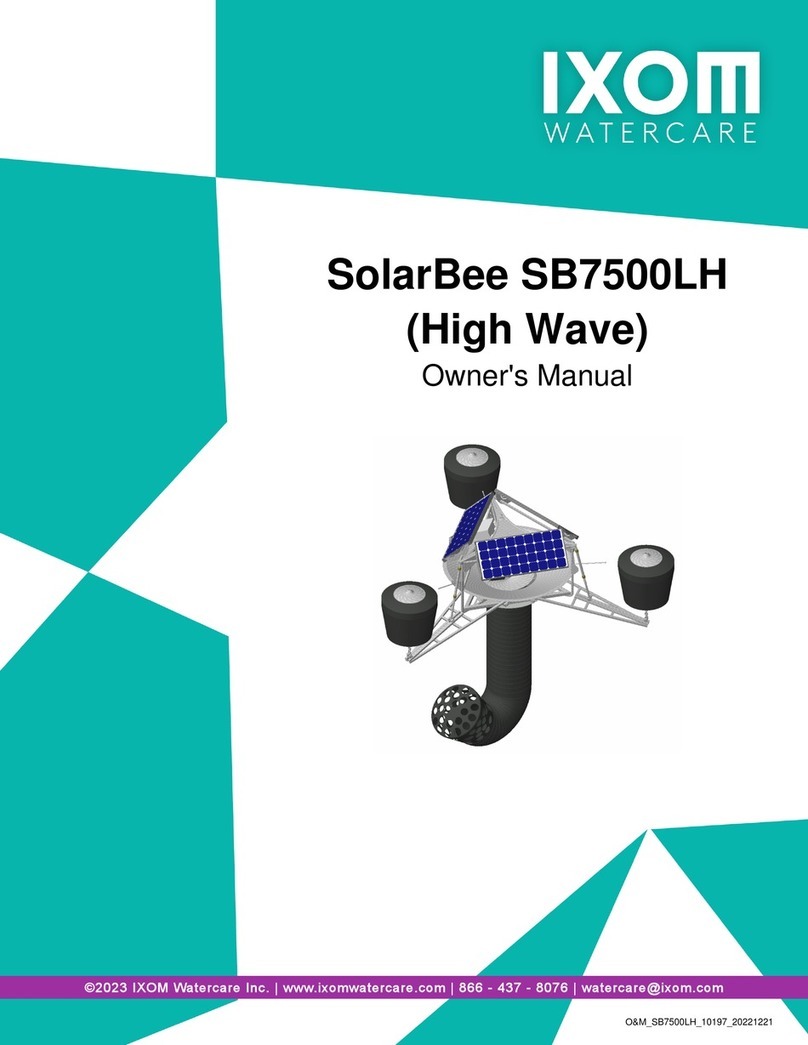
IXOM
IXOM SolarBee SB7500LH User manual
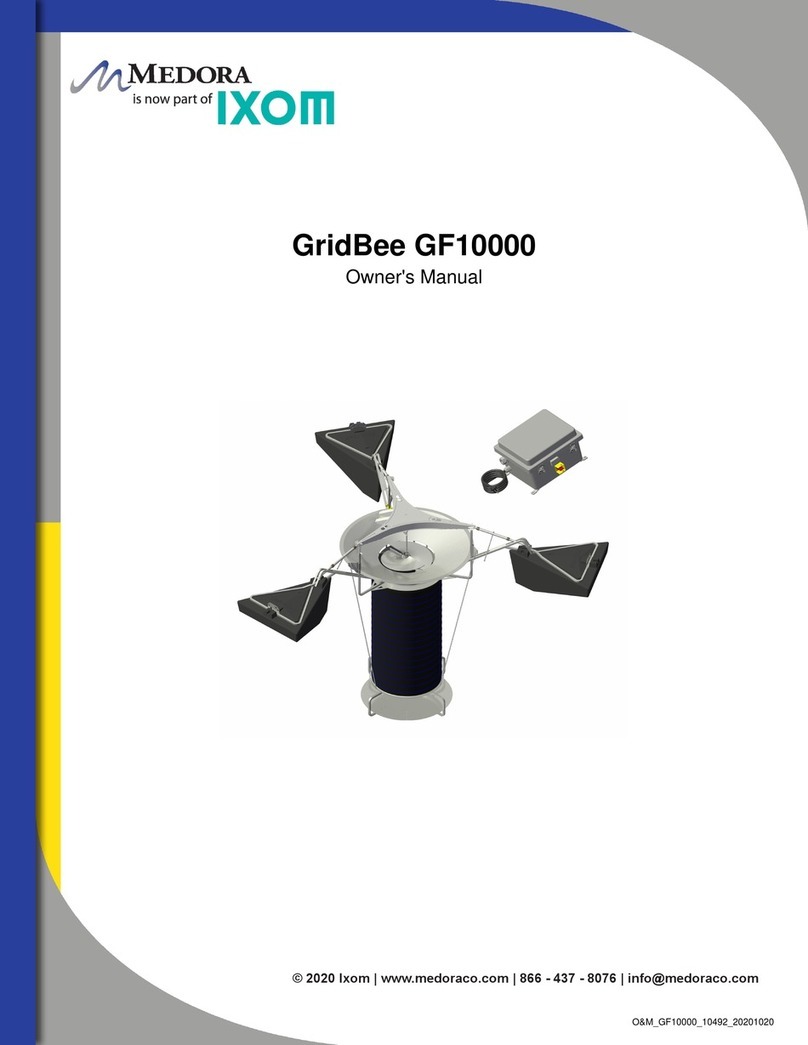
IXOM
IXOM Medora GridBee GF10000C User manual

IXOM
IXOM SolarBee SB10000 User manual
Popular Water System manuals by other brands
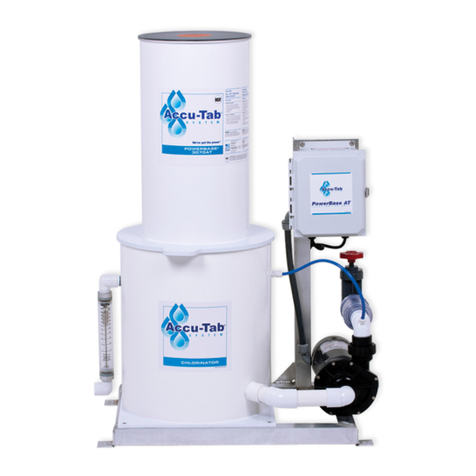
Accu-Tab
Accu-Tab PowerBase 3070AT Installation and operating instructions
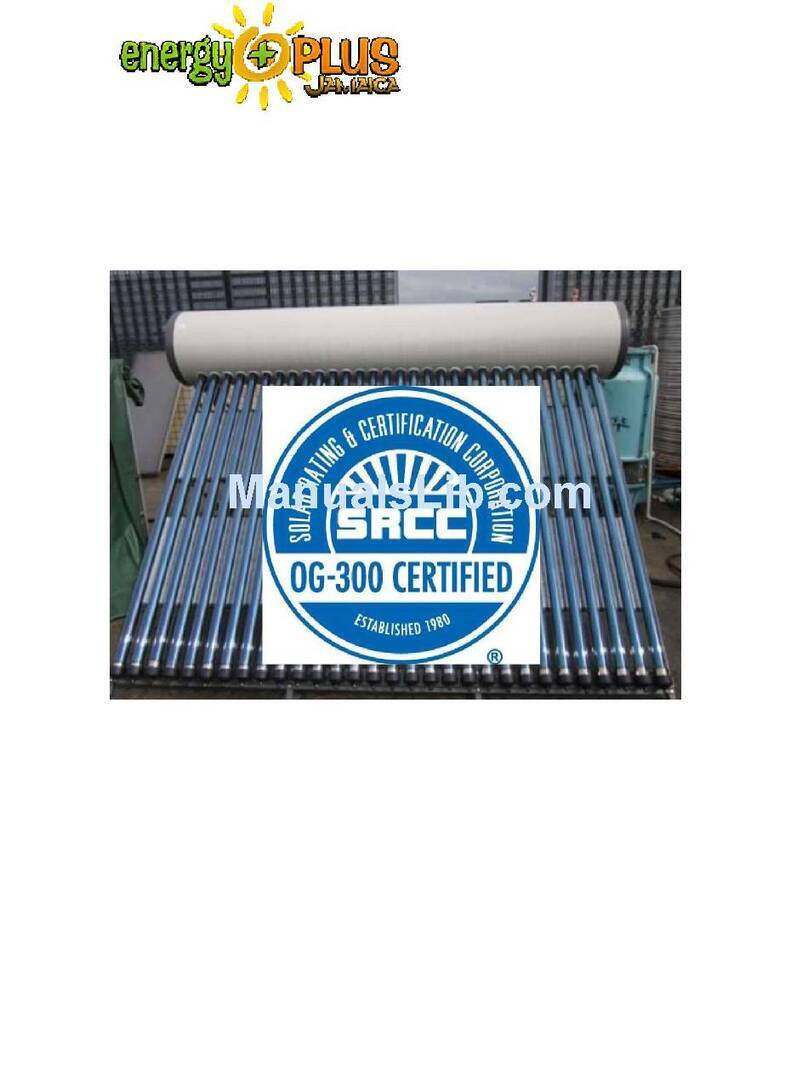
Energy Plus
Energy Plus VTS30HP Manual of installation and use
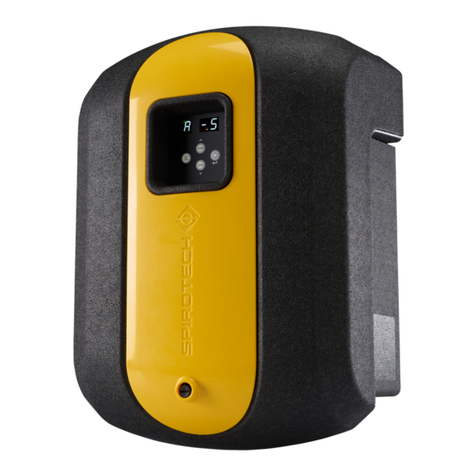
Spirotech
Spirotech SPIROVENT SUPERIOR S250 user manual
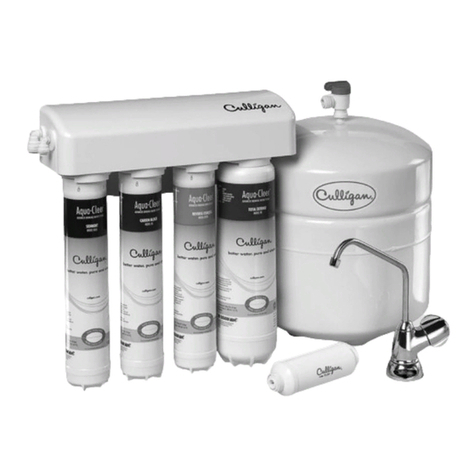
Culligan
Culligan Aqua-Cleer Aqua-Cleer Advanced Drinking Water... owner's guide
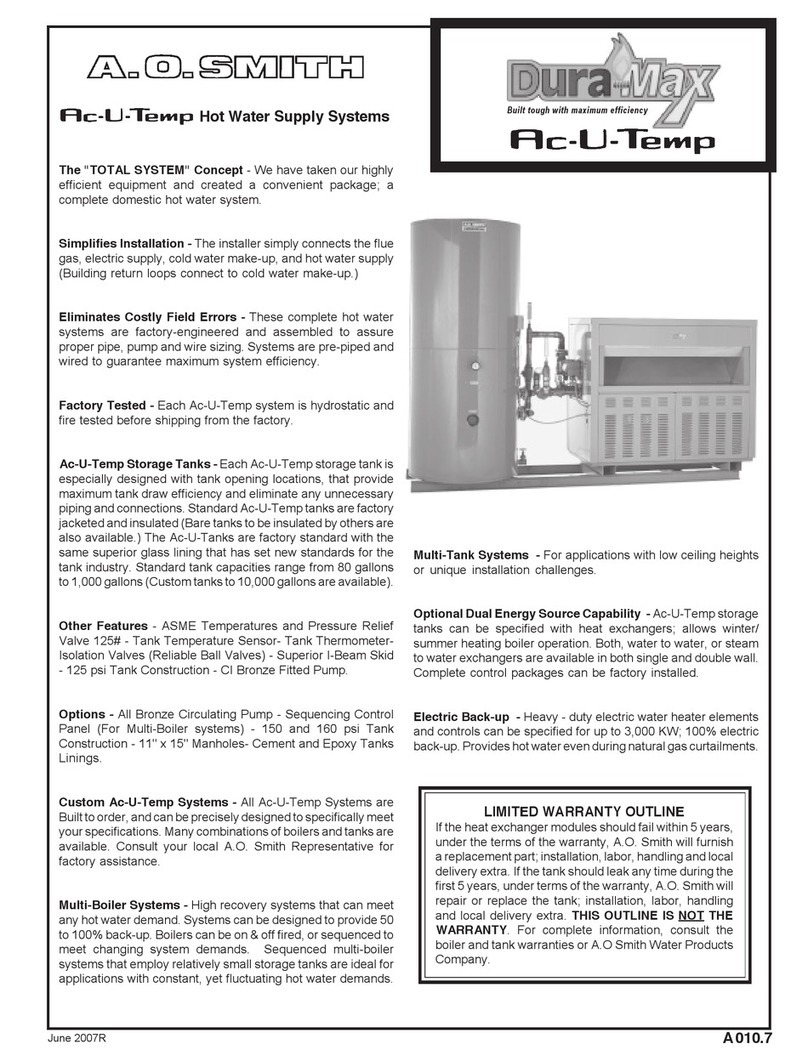
A.O. Smith
A.O. Smith Dura-Max AJH - 1000A - P instruction manual

Microline
Microline T.F.C.-4 Installation, operation & service manual
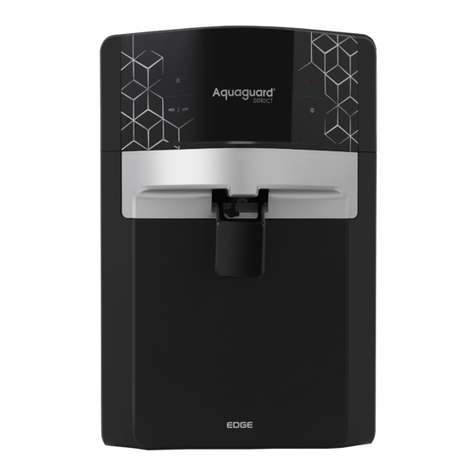
Eureka Forbes
Eureka Forbes Aquaguard Select user manual

Cetetherm
Cetetherm AquaEfficiency Quick installation guide

CB Tech
CB Tech CB-VOC installation guide
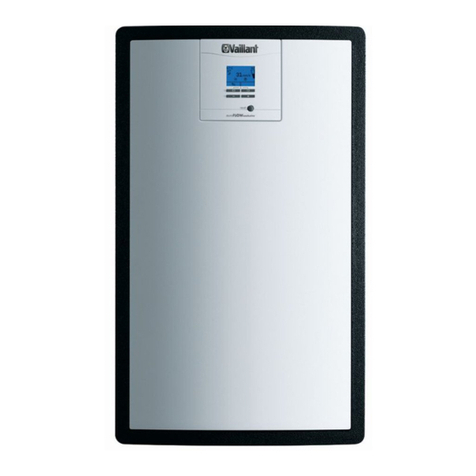
Vaillant
Vaillant auroFLOW plus VPM 15 D Installation and maintenance instructions

resideo
resideo Braukmann HS10S installation instructions

Gude
Gude INOX 100/24 manual

Mono
Mono Eco 1-60 Installation, operation and maintenance instructions

SpectraPure
SpectraPure Drinking Water Kit instructions
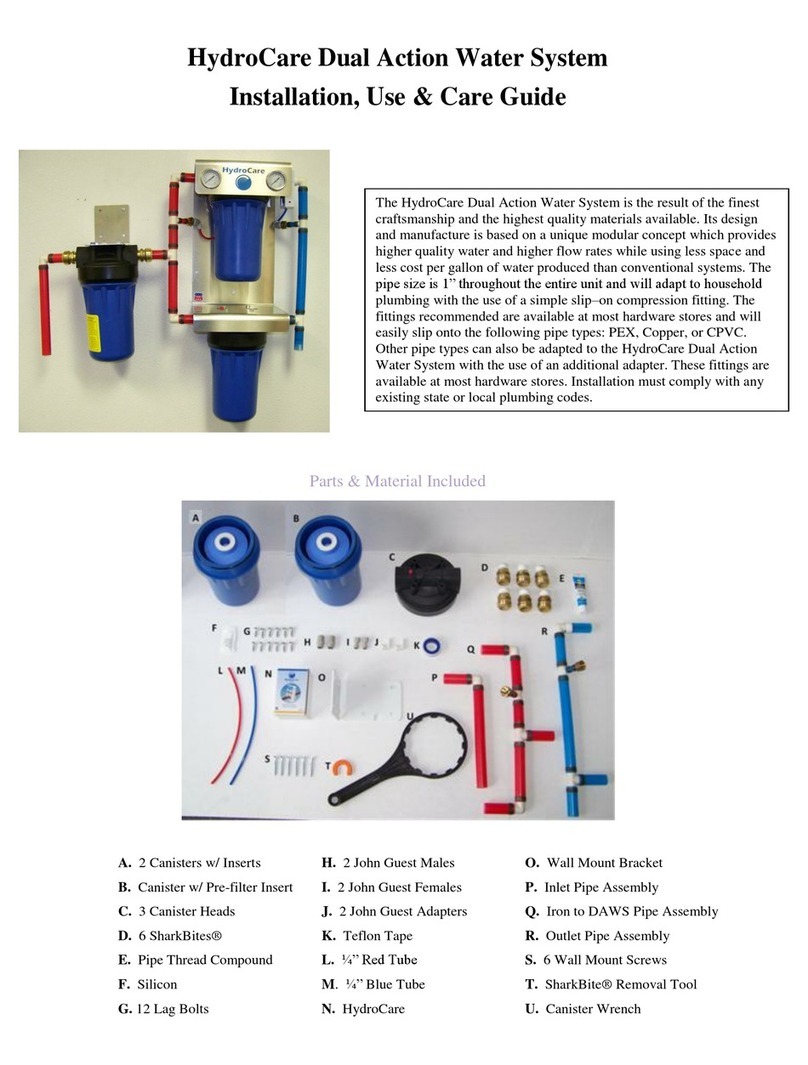
HydroCare
HydroCare Dual Action Installation, use & care guide

Alpha
Alpha SolarSmart 150 Installation and servicing instructions
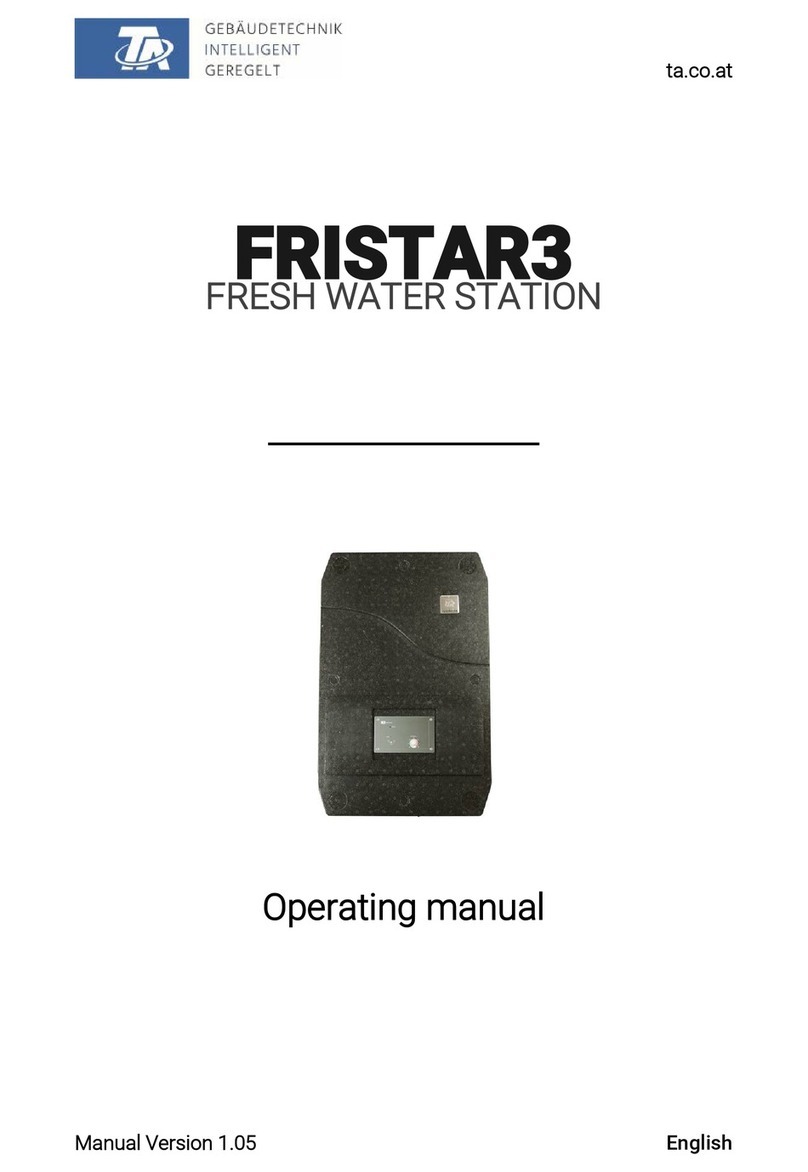
TA
TA FRISTAR3 operating manual

GÜDE
GÜDE HWA 800 K manual









